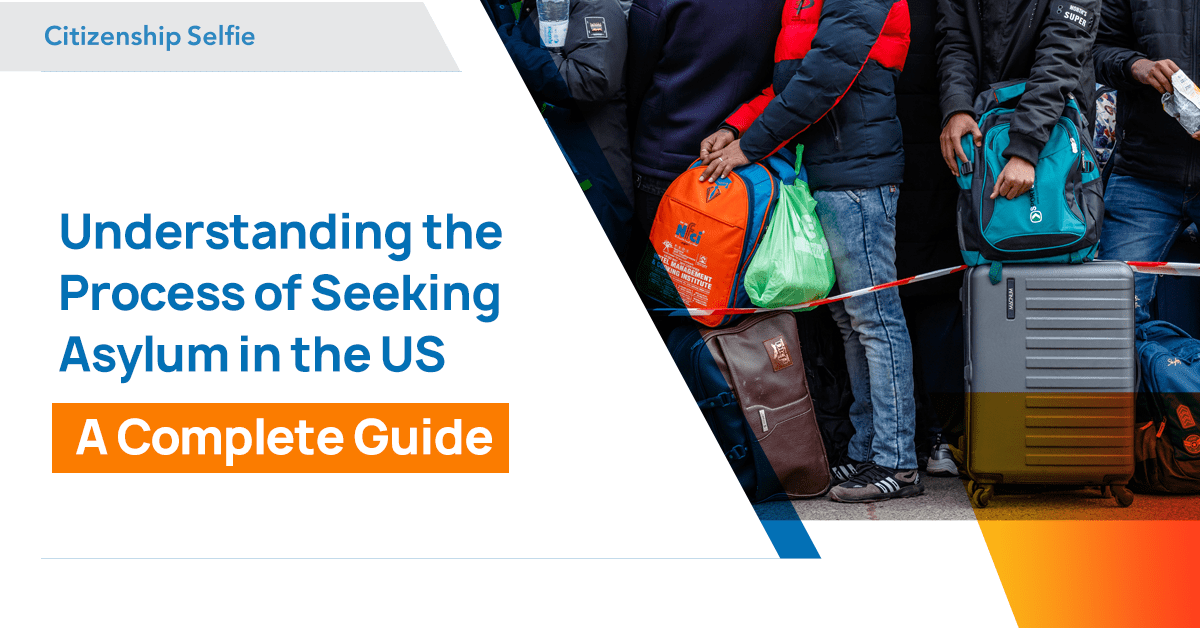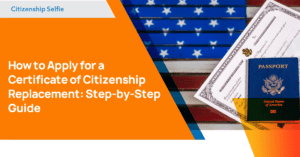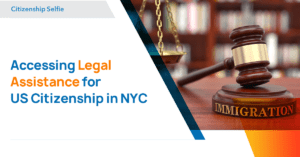A Complete Process of Seeking Asylum in the US where Individuals either arriving at the US border or already within the country seek asylum, vital protection against persecution. According to migration policy, over the 43 years of the modern resettlement program, an average of approximately 73,300 refugees have been resettled into the US annually. However, the path to attaining asylum within the United States is a complex and rigorous endeavor, necessitating interactions with a range of governmental entities. Those who successfully secure asylum gain access to opportunities for permanent residency and citizenship and pave the way for reuniting with their families.
This guide will explain everything you need to know about the process of seeking asylum in the US. It delves into the very essence of asylum, outlining the prerequisites for eligibility and providing a step-by-step portrayal of the application journey. Whether you’re considering embarking on this journey or seeking comprehensive understanding, this resource equips you with the knowledge needed to navigate the process of seeking asylum in the US.
What is Asylum?
Before we go deep into all the things you need to know, let’s explore what asylum is.
Asylum provides protection for foreign individuals already in the US or those arriving at its borders, based on being classified as a “refugee” under international law.
The UN’s 1951 Convention and 1967 Protocol define a refugee as someone unwilling to return home due to persecution. This persecution is based on factors like race, religion, nationality, social group, or political beliefs. This definition was incorporated into US immigration law in the Refugee Act of 1980. Asylum is discretionary; even if meeting refugee criteria, denial is possible. In such cases, “withholding of removal” could provide protection if needed.
The US, as a signatory to the 1967 Protocol, holds legal obligations to protect those qualifying as refugees. The Refugee Act offers two paths to refugee status: resettlement from abroad or seeking asylum within the US.
How Does Asylum Benefit Individuals Escaping Persecution?
Asylum recipients, known as asylees, gain safeguards against repatriation to their home nation. They gain US work authorization, can request a Social Security card, seek travel approval, and sponsor family members’ entry. Additionally, asylees could qualify for specific government programs, including Medicaid and Refugee Medical Assistance.
Following a year, asylees can apply for lawful permanent resident status, commonly referred to as a green card. Subsequently, these individuals must wait four years before being eligible to apply for US citizenship.
The US Asylum Application Process
Delving into the intricacies of seeking asylum in the United States, let’s explore the three main avenues for application: the affirmative process, defensive process, and expedited process.
Affirmative Asylum
Those not in removal proceedings, including designated “unaccompanied children,” can apply through U.S. Citizenship and Immigration Services (USCIS). If denied and lacking lawful immigration status, applicants proceed to the immigration court for a defensive process with an immigration judge.
Defensive Asylum
Individuals in removal proceedings apply defensively to immigration judges at the Executive Office for Immigration Review (EOIR) to defend against removal. Unlike criminal courts, EOIR doesn’t appoint counsel for immigration court attendees.
Expedited Asylum
New since 2022, individuals in “expedited removal” within 14 days of U.S. entry can have their asylum claim reviewed by a USCIS officer before formal removal proceedings.
Arrivals at U.S. ports of entry or those without inspection typically follow defensive or expedited asylum processes. Evidence of past persecution based on a protected ground or “well-founded fear” of future persecution is crucial for meeting the refugee definition.
Certain factors, like failing to apply within a year of entry or posing a danger to the U.S., may bar your asylum. Understanding the nuances of the asylum process can be complex but crucial for your successful applications.
Is There a Time Limit for Asylum Applications in the US?
The process of seeking asylum in the US comes with a crucial time frame. Generally, individuals must apply for asylum within one year of their latest arrival in the United States. In a notable 2018 case, a federal court ruled DHS must inform asylum seekers about this deadline. The court tackled a lawsuit over government’s failure to notify the one-year deadline and provide consistent application procedures.
Both affirmative and defensive asylum processes present challenges in meeting the one-year deadline. Some individuals grappling with the aftermath of detention or their journey to the US may remain unaware of this deadline. Even those who know about it face systemic hurdles like extensive backlogs that hinder timely application submission. Often, missing the one-year deadline becomes the sole reason for the denial of an asylum request. The expedited asylum process is distinct; passing a credible fear interview counts as applying for asylum, meeting the one-year filing requirement. Understanding and adhering to these time limits is essential for navigating the process of seeking asylum in the US.
How Long Does the Process of Seeking Asylum in the US Take?
Seeking asylum in the US is a prolonged journey, often spanning years. Backlogs and COVID-related closures also contribute to delays. As of April 1, 2022, nearly half a million affirmative asylum applications awaited processing by USCIS, with potential interview delays of up to four years.
Immigration court backlogs reached over 1.82 million cases in June 2022, with an average pending time of four years for asylum-related cases. Those granted relief waited over 1,500 days on average. This extended process creates uncertainty for asylum seekers and their families, impacting employment, education, and well-being.
Final Recap
Embarking on the process of seeking asylum in the US is a complex and rigorous journey that offers the possibility of safety and new opportunities to individuals fleeing persecution. This guide offers a comprehensive overview of the asylum process, from definition to navigating affirmative, defensive, and expedited procedures.
Citizenship Selfie is your trusted ally in this journey. Our skilled attorneys assist you from evidence collection to timely submissions in every process stage. With our support, you can navigate the intricate path of seeking asylum with confidence and increase your chances of a successful outcome.
Kindly book a free consultation with us today to get started in your asylum process.






